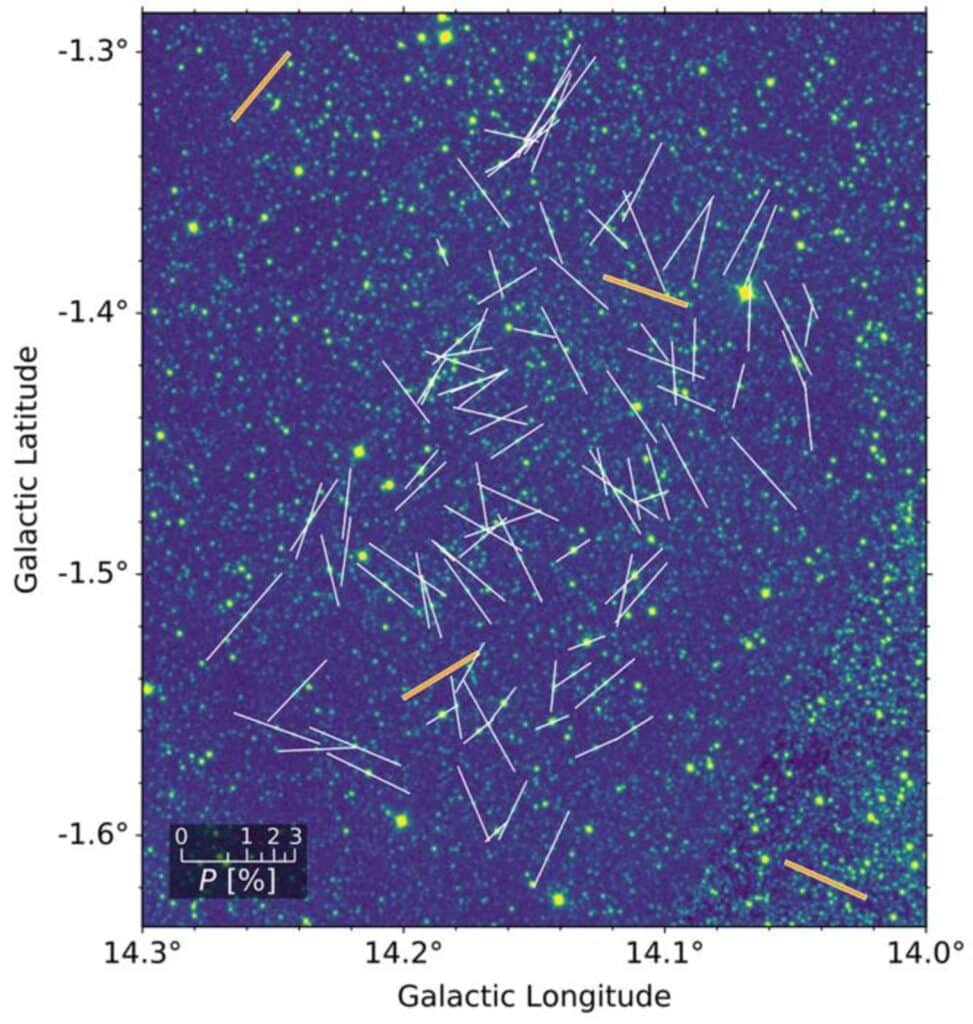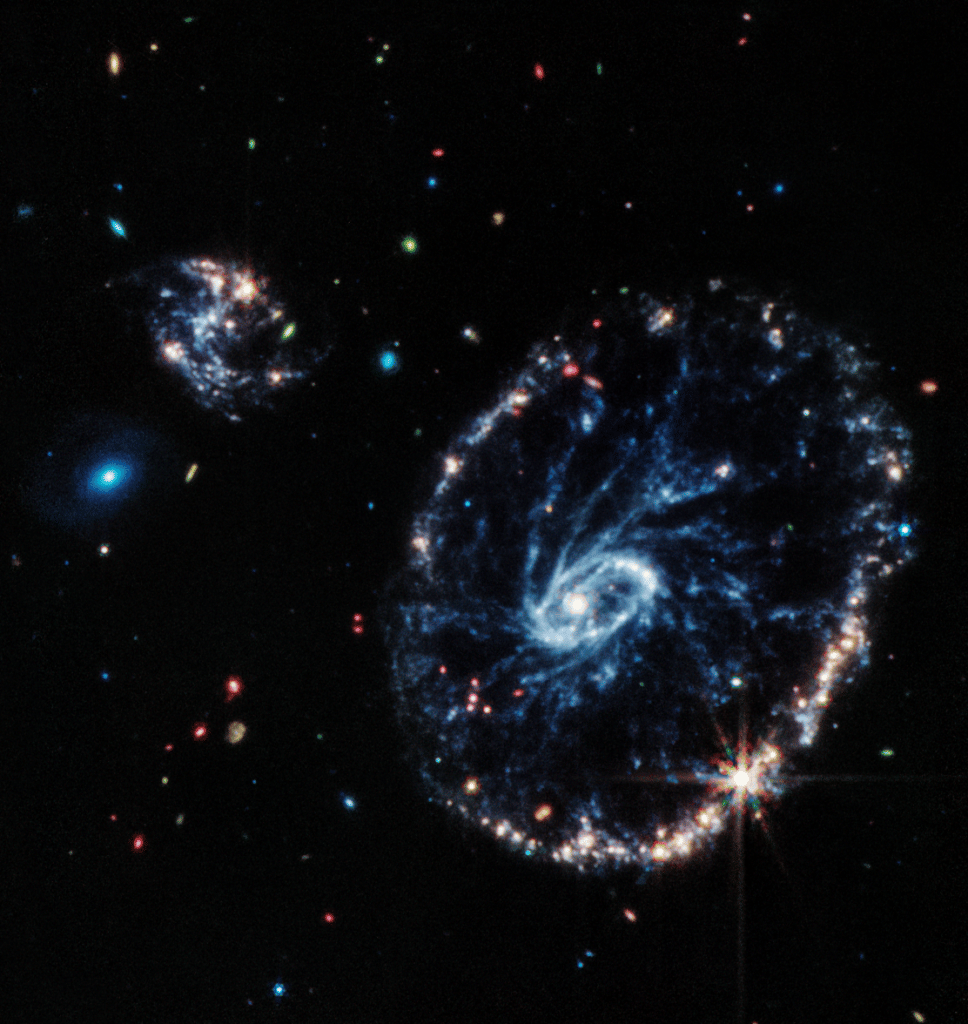For the first time ever, astronomers from the University of Tokyo have created a detailed map of the magnetic field structures within a spiral arm of the Milky Way galaxy. This discovery significantly advances our understanding of galactic magnetic fields and their role in star formation.
Magnetic fields are invisible forces that play a crucial role in the cosmic ballet of the universe. They are essential for maintaining the hydrostatic balance within the interstellar medium – the vast, thin soup of gas and dust filling the space between stars. These fields shape the formation and evolution of galaxies, guiding the formation of giant molecular clouds and influencing star formation. The magnetic lines, influenced by the motion of interstellar matter, can bend or twist, and their structure holds the key to understanding the history of galaxy formation.
Previously, the understanding of galactic magnetic fields was limited, offering only a broad and general picture. However, this new research reveals that the magnetic fields in our galaxy’s spiral arms, specifically the Sagittarius arm, deviate substantially from the overall galactic average. The Sagittarius arm is a region rich in star-forming activity and relatively closer to Earth.
They used optical polarimetry, a technique that measures the orientation of light waves, which can be influenced by magnetic fields. By analyzing the polarized light from stars, the team could infer the structure of the magnetic field between us and the star.
To enhance the accuracy of their findings, the team combined polarimetry data with distance measurements of stars from the Gaia mission. This allowed them to distinguish the contributions of different clouds along the line of sight, essentially creating a three-dimensional map of the magnetic fields. Scientists say the magnetic fields are tilted away from the plane of the galaxy to a significant degree, highlighting the strong impact of these fields on star-forming regions.

“Until now, all observations of magnetic fields within the Milky Way led to a very limited model that was uniform all over and largely matched the disc shape of the galaxy itself,” says study author Yasuo Doi, an assistant professor from the University of Tokyo’s Department of Earth Science and Astronomy, in a media release. “Thanks in part to telescope facilities at Hiroshima University capable of measuring polarized light to help us ascertain magnetic signatures, and the Gaia satellite launched by the European Space Agency in 2013, which specialized in measuring the distances to stars, we are able to build a better model with finer details in three dimensions. We focused on a specific area, the Sagittarius arm of our spiral galaxy (we are in the neighboring Orion arm) and found the dominant magnetic field there breaks away from the plane of the galaxy significantly.”
Magnetic fields are a familiar concept on a planetary level, such as Earth’s magnetic field which guides compasses, or the Sun’s magnetic field affecting solar flares. Yet, the concept of magnetic fields spanning an entire galaxy is less intuitive. These galactic fields, although about 100,000 times weaker than Earth’s, play a crucial role in shaping the galaxy. Over long periods, they influence the movement of gas and dust in interstellar space, contributing to the formation of stellar nurseries where new stars are born.
This study has shown that while magnetic field lines in the spiral arms roughly align with the larger structure of the galaxy, they vary at smaller scales due to astrophysical phenomena like supernovae and stellar winds. This variation is key to understanding the formation of certain star-forming regions that cannot be solely explained by gravity.
The implications of this research are profound. Doi expressed his personal fascination with the foundational process of star formation, a pivotal phenomenon for the creation of life, including humans.

“We aim to further our observations and build better models of galactic magnetic field structures,” notes Doi. “This endeavor aims to provide observational insights into the accumulation of gas fueling active star formation within our galaxy and its historical development.”
The team’s efforts to map galactic magnetic fields could pave the way for a deeper comprehension of the Milky Way’s nature and evolution, and by extension, other galaxies in the universe. Through such endeavors, astronomers continue to unravel the mysteries of space, bringing us closer to understanding the complex dynamics of the cosmos.
The study is published in The Astrophysical Journal.












